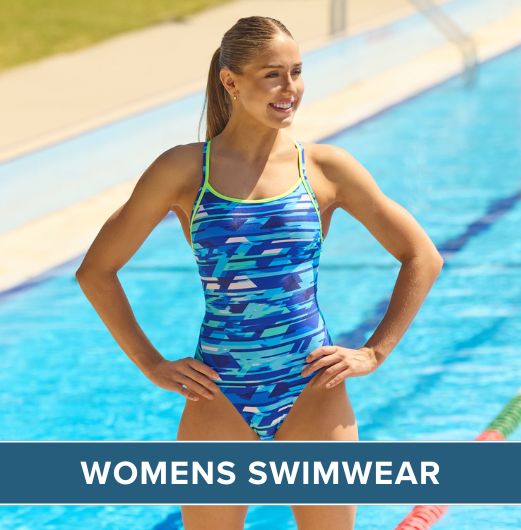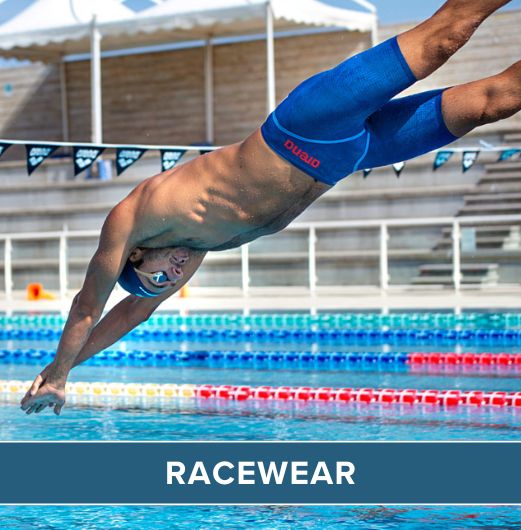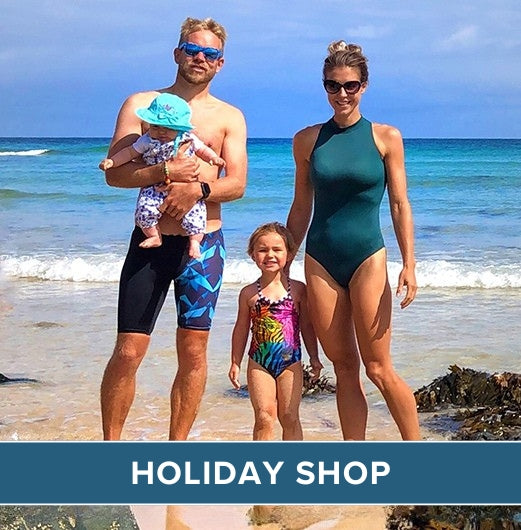How to Point Turn and Sight When Open Water Swimming
With the final video in our 'Learn to Swim' series we have point turning and sight in open water. As with our previous blog posts, the video is available above or for those that prefer to read the information or cannot listen to the video then we have a full transcript of the video below. Today we are going to be talking about point turns and sighting in the open water environment. When swimmers first come to me and they have done a little bit of open water swimming beforehand, the first thing they say is they can't swim in a straight line, and they can't see where the buoys are. So we are going to look at this and see how we can develop that, and the drills we can use to make sure that we become more proficient with these skills. The first thing we are going to look at is your point turn, or rotating around the buoy. I teach two methods for this, the first one is a very sharp point turn which involves you rotating onto your back. To achieve this, you are going to approach the buoy at an angle. As you get closer to the buoy, you're going to rotate onto your arm that's closest, onto your back, and continue the movement back onto your front, entering your first guide arm in the direction that you want to be swimming off to. That can be quite complicated, especially for the intermediate swimmer, so the other option is to swim around the buoy one-armed. As you approach the buoy, you're going to use one arm out in front to stabilise your body, and rotate around the buoy using the arm that's closest, taking yourself round in more of a wider circle. The first one we talked about, the sharp point turn will get you round the buoy a lot quicker and allow you to cut up your opponents, but if you're not confident about it, use a single-arm turn to get yourself around the buoy. Sighting can be something that becomes quite difficult for swimmers because it does tire you out, especially if you're trying to integrate it as a completely separate skill within your stroke. So what we are going to look at with Andy in the water is how we can integrate it into our stroke so it becomes part of our stroke rather than a separate entity. When you're sighting you want to try and lift your head as little as possible. The higher you lift your head, the lower you are going to drop your legs. As soon as your legs drop you will start to create drag. So what you want to play around with in the water first is being able to swim with your head out of the water and see the buoy or your target destination with as little lift as possible. When you've nailed this you want to start integrating it into the stroke. Rather than it being a completely separate skill, you want to incorporate it into your stroke by making it your breath every six strokes. You are going to take one, two, three, breathe. On your sixth stroke you are going to lift your head as part of the stroke, take your breath, sight, and then carry on. Do not take too long with your sighting. You can always come back and revisit that sight a couple of strokes later. The longer you take, the more likely you are to disrupt your stroke and create more drag.
 Free Tracked UK Delivery
Free Tracked UK Delivery Hassle Free Returns
Hassle Free Returns Next Working Day OPTION
Next Working Day OPTION Found It Cheaper?
Found It Cheaper?














